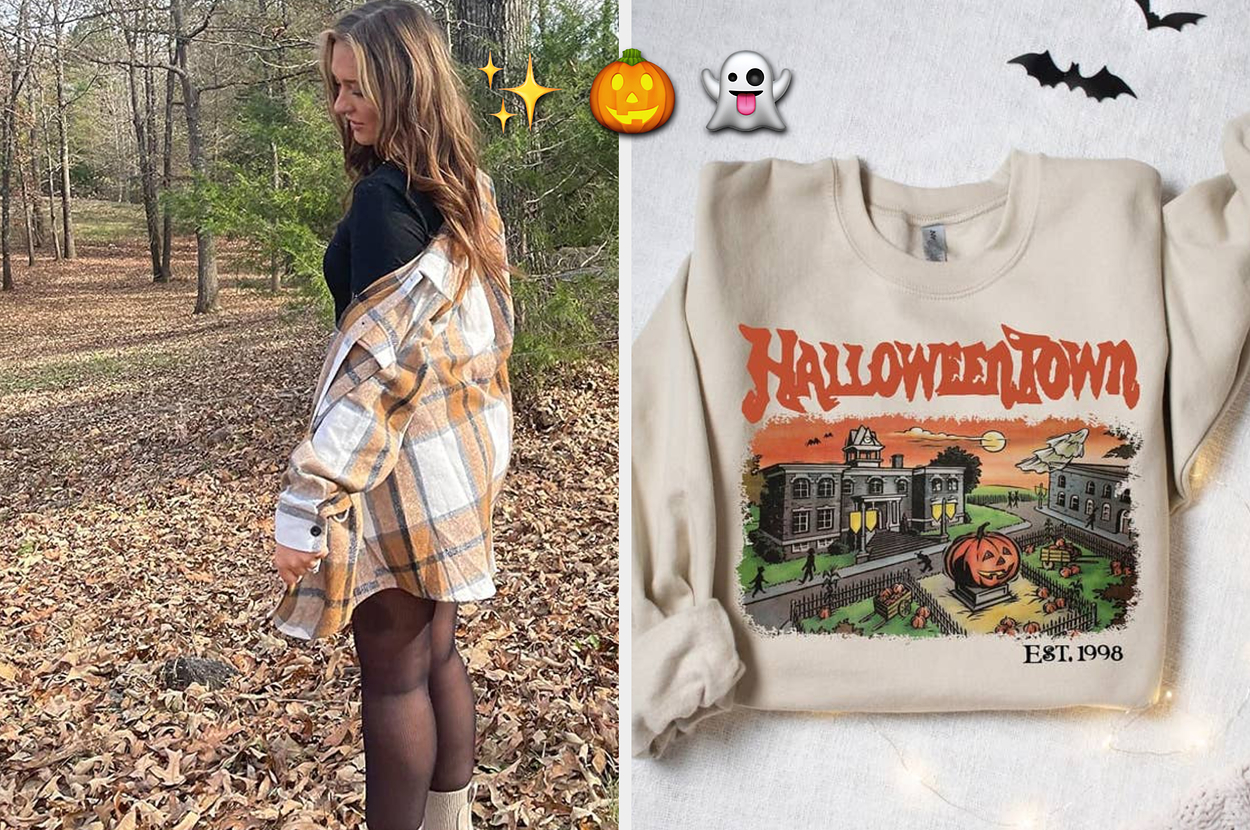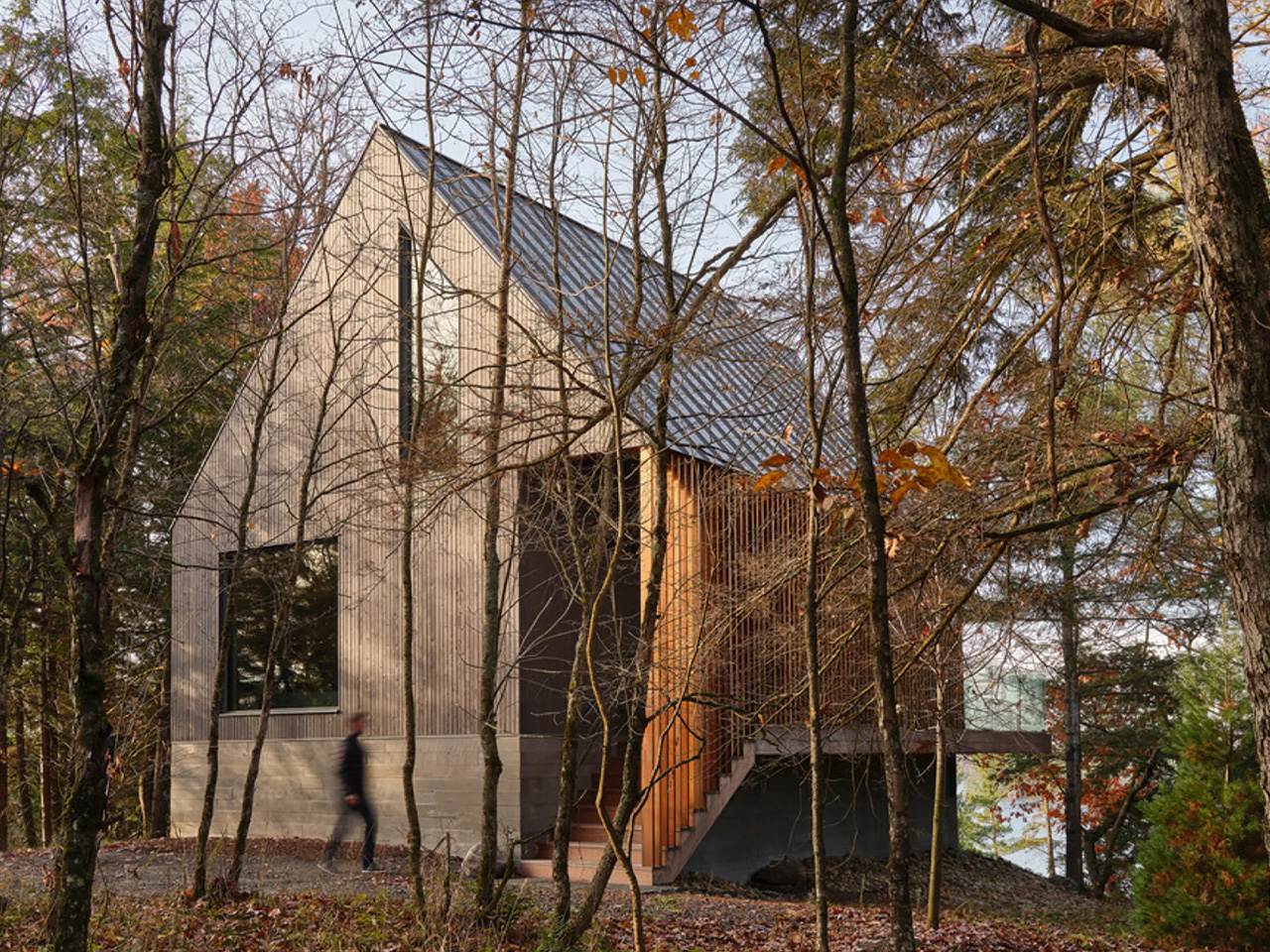Canyon Road, the storied street lined with shops and galleries on Santa Fe's east side, has seen its share of changes. Known for the creative community that sprang up in the 1920s and its vibrancy in the ’60s, Canyon Road unquestionably played a role in establishing the City Different's status as an arts mecca in the Southwest. But to hear Maggie Fine tell it, the arts district has lost some of its luster compared to past decades, particularly for locals.
"I was kind of like, 'Why don't we come here? Why don't we feel welcome here?' ” said Fine, a Santa Fe native who returned to her hometown in 2017 from New York City, where she worked as an actress. "It's really because in the ’90s we were kicked off Canyon Road when Santa Fe sort of exploded as a tourist mecca." The idea some locals have lost contact with Canyon Road prompted Fine, co-owner of Santa Fe Magazine, to spearhead this year's Canyon Road Summer Walks, held from 5-8 p.

m. the first Wednesday of each month from June to October in a series of roving celebrations. On Wednesday, the third walk this summer, pedestrians descended on the street — which was closed to traffic — to absorb live music, dine on food from vendor trucks and browse the galleries.
The walks aim to "revitalize and celebrate the rich artistic and cultural heritage of Santa Fe's historic Canyon Road for generations to come," the project's website states. Many locals remember the lively Friday night scene on Canyon Road in the ’90s and early 2000s, before enforcement of laws tied to drinking alcohol in unlicensed public places had a dampening effect on a gallery-hopping scene that often included wine and cheese. In 2001, state law enforcement officials were looking closely at Canyon Road art openings, where some galleries would serve free alcohol without a required permit, The New Mexican reported at the time.
Fine also noted some of the big money that poured into Canyon Road in the 1990s, much of it from out of town. She estimated around 5,000 people came to the June walk. Turnout totaled around 2,500 people Wednesday, Fine said.
"It's a rediscovery of the history through art and community," Fine said. "..
. It's about bringing it back to the action. Can Canyon Road not only be a place where you sell extraordinary art but where you create extraordinary art and you connect with great friends and you are within the otherness of the light?" The summer walks attempt to channel the same spirit as the Christmas Eve Farolito Walk, which draws thousands of people to Canyon Road and surrounding streets to enjoy displays of farolitos and gather around small bonfires for caroling.
As evening light spread across the celebration Wednesday,l and foot traffic picked up, and a man beneath a tree lectured to a group on the instincts of Salvador Dali. New Mexico Secretary of State Maggie Toulouse Oliver participated in a panel discussion in Edition One Gallery that focused on female empowerment and civic engagement. "This is how it always used to be," Sondra Goodwin said, lamenting tighter regulations that led to smaller crowds.
"What we need is less regulations, and we need artists and creative people to be free and do free things." Matthew Chase-Daniel, co-founder of the mobile art space Axel Contemporary and an artist who has lived in Santa Fe since 1989, said he believes Canyon Road is important to the Santa Fe art scene, though it has changed. He called Canyon Road a victim of its own success in some ways — following the trajectory of some artist colonies in other cities.
"It grew to be where artists hung out because artists lived there and had studios there in that neighborhood. At first it was studios and then it was studio galleries and then it was just galleries," Chase-Oliver said. But he noted there are different economic models in the presentation of art, adding, "I think if Canyon Road didn't exist the way it exists now, maybe we'd have a lot less people coming to Santa Fe and seeing other stuff as well.
" Santa Fe's Arts and Culture Department and Office of Economic Department are supporting the initiative, with the Economic Development contributing $10,000. Karen Phillips, who was one of the many people strolling along the street Wednesday, said she has seen different iterations of Canyon Road over the years. She recalled in particular the "hippie era.
" "Things have changed dramatically. When I was a teenager growing up in Santa Fe, this was hippieville. It was nothing but lava lamps, beads, moccasins and black light posters," Phillips said.
"It's wonderful that this is happening now," she said of the walk. "Because a lot of the way Canyon Road works is, it's just on Christmas Eve, when it's freezing. It's beautiful out.
I really hope they continue with it." Fine said over 50 businesses are participating in this summer's walks, and some local "super moms" banded together to organize and launch them — just to create something special for the community. For Susan Evans, who lives near Canyon Road, the walk makes the arts district more accessible.
Wednesday evening was as busy as she had seen it in some time. "It also opens Canyon Road to more diversity of population this evening," Evans said. "People are coming and having fun.
You are seeing families. You are seeing younger people, whereas other times you really see more tourists." Deanna Frieze, the owner of Sunny Days, a women's clothing store on Canyon Road, is keen on the Summer Walk because it seems to draw more local customers to her store.
"This event has been tremendous for all the locals to find us," Frieze said..



















